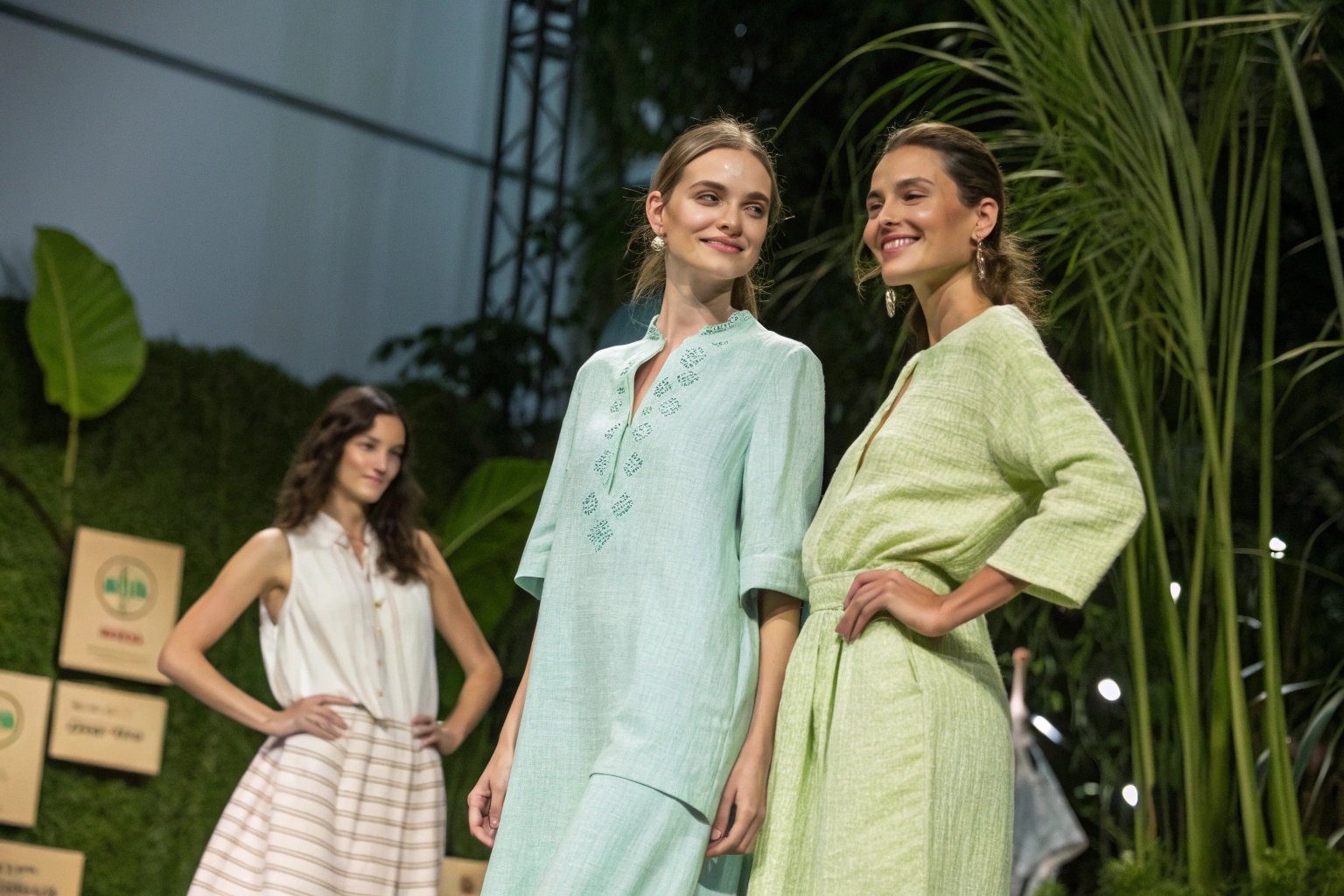As the demand for eco-friendly fashion intensifies, designers and buyers are rediscovering traditional, low-impact fibers. One standout among these is ramie, a bast fiber known for its strength, luster, and breathable properties. Once overlooked in favor of cotton or linen, ramie is now re-emerging in sustainable summer collections from indie labels to global brands.
Ramie fabric is gaining momentum in summer fashion for its natural antibacterial properties, sustainable cultivation, breathable feel, and compatibility with modern eco-finishing techniques. It blends environmental responsibility with wearability—making it ideal for conscious consumers seeking both comfort and ethics.
In this article, I’ll walk you through why ramie is trending again, how it compares to other fabrics, and what you should know when sourcing it for warm-weather collections.
What Makes Ramie Ideal for Hot Weather Fashion?
We all want clothes that breathe in summer. Ramie—derived from the stalks of the Chinese nettle plant—offers a natural solution. Its hollow fiber structure and high porosity make it one of the most breathable plant-based textiles available.
Ramie naturally resists heat buildup, wicks moisture, and dries quickly—ideal for hot climates and sweat-prone environments. Unlike synthetic fibers, it doesn’t trap odor or cling to the skin.
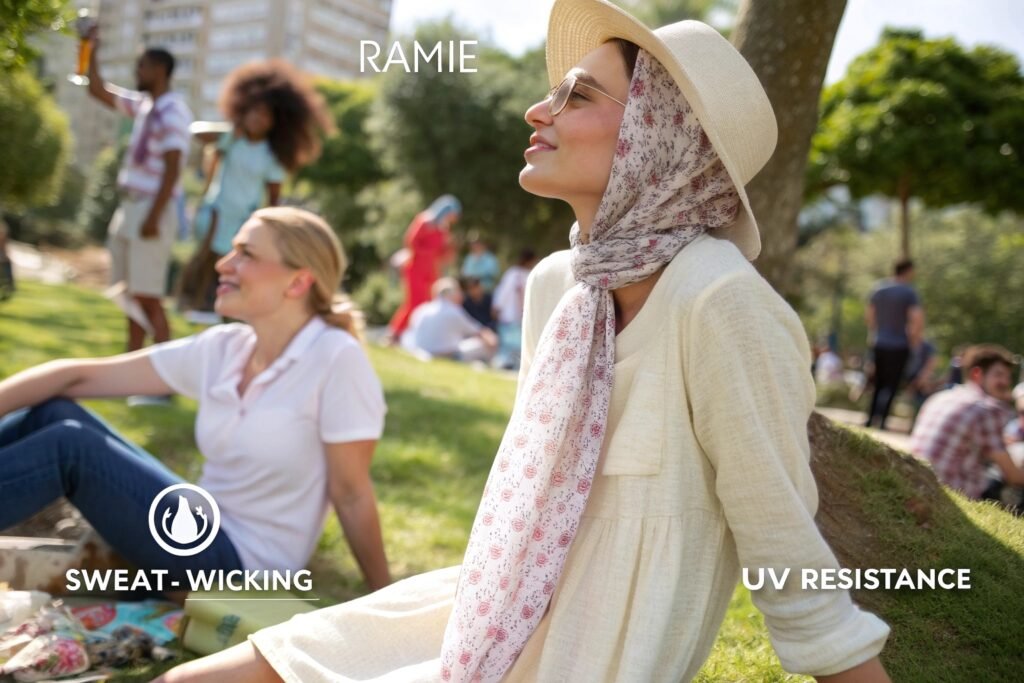
How Does Ramie Compare to Linen and Cotton?
Ramie is often compared to linen because of its crisp texture and lightweight feel. However, it outperforms linen in durability and wrinkle resistance. Compared to cotton, ramie has less elasticity but is stronger when wet, and its sheen gives a naturally luxurious appearance.
In our lab tests at Fumao, we found ramie’s air permeability rating to be 20% higher than standard woven cotton. For a European brand focusing on beachwear, we recently blended ramie with bamboo viscose to deliver a soft, cool-touch fabric ideal for Mediterranean summers.
Is Ramie Comfortable Against the Skin?
Yes, especially when softened through enzymatic or silicon washing. Raw ramie can feel coarse, but with the right post-treatment, it gains a soft hand feel while retaining structure. We offer eco-finishing techniques that maintain biodegradability without harsh chemicals. Many of our clients blend it with Tencel™ or cotton for balance.
How Is Ramie More Sustainable Than Other Natural Fibers?
When sustainability is more than just a buzzword, fiber choice matters. Ramie is not only natural but also extremely low-impact in its agricultural phase.
Ramie requires no pesticides, uses minimal irrigation, grows rapidly, and can be harvested multiple times per year—making it one of the most environmentally friendly fibers available.
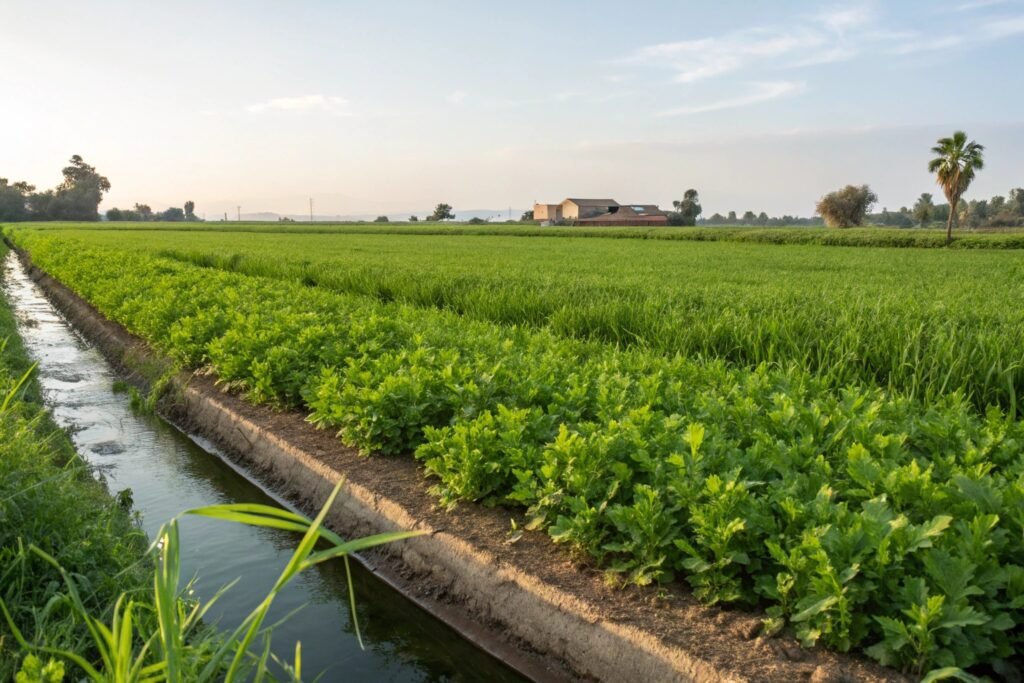
How Does Ramie Farming Reduce Environmental Footprint?
Unlike conventional cotton farming, which consumes vast water and chemical inputs, ramie is typically grown without synthetic fertilizers. It thrives in humid climates like Southern China, grows in poor soil, and yields 3–4 harvests annually.
Our ramie comes from Jiangxi province, where traditional retting methods are still used. We work with cooperatives that manually extract fibers to avoid chemical processing. This slow fashion approach allows us to maintain traceability from farm to fabric.
Are Certifications Available for Sustainable Ramie?
While ramie isn’t always certified “organic,” it can be verified through traceability tools and by ensuring processing meets OEKO-TEX® and GOTS chemical criteria. We supply ramie fabrics pre-tested to meet European REACH and US CPSIA standards, helping buyers clear customs while meeting sustainability goals.
What Types of Products Work Best with Ramie?
Ramie’s unique texture and performance make it suitable for both fashion and function. It holds its shape well, dyes easily, and blends seamlessly with other eco-fibers.
Ramie is ideal for lightweight shirts, dresses, scarves, lounge sets, and resortwear. It's also used in home textiles and artisanal accessories. In summer collections, it's often favored for its crisp drape and breezy hand feel.
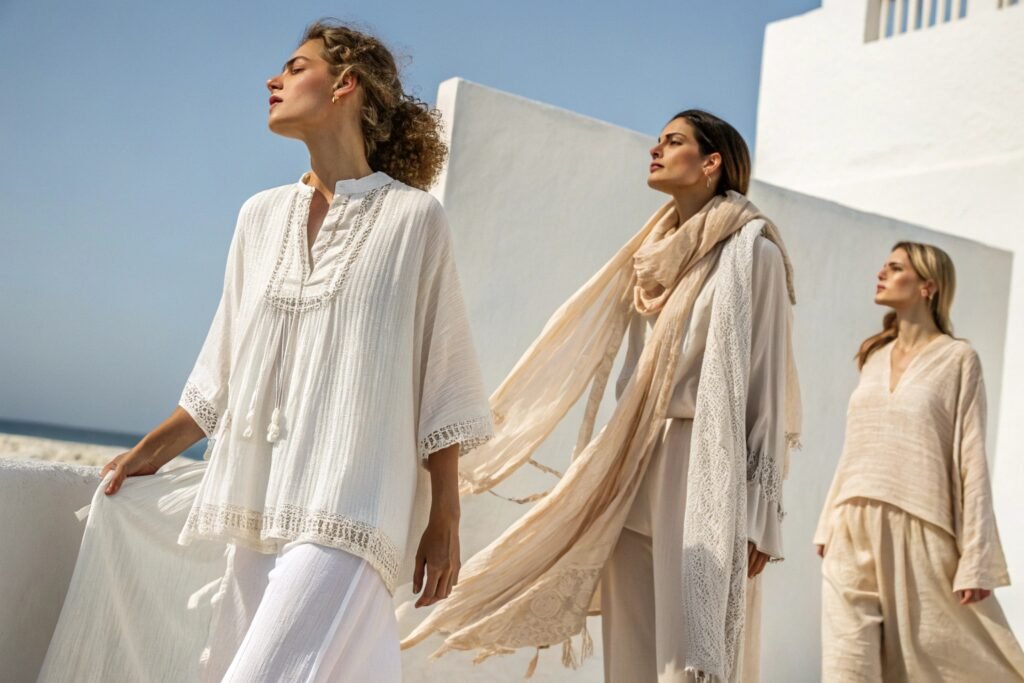
Is Ramie Easy to Dye or Print?
Yes. Ramie’s cellulosic base absorbs natural and reactive dyes well. We’ve developed several digital print and screen print techniques on ramie-cotton blends with high colorfastness. In summer-themed lines, floral and botanical motifs look especially vivid on ramie’s natural sheen.
One of our clients—a US indie label—used botanical inks for hand block prints on ramie-silk scarves, creating a high-value eco-accessory line. With the right finish, ramie takes on soft gradients and sharp outlines equally well.
Does Ramie Blend Well with Other Fibers?
Yes. Common blends include ramie-cotton, ramie-viscose, and ramie-linen. These combinations increase flexibility and reduce cost while keeping sustainability in check. Our in-house testing has shown that a 55% ramie/45% cotton blend retains ramie’s strength and breathability while enhancing softness—ideal for tops and loungewear. Read more on fiber blending strategies here.
How Should Buyers Source and Assess Ramie Fabrics?
Even though ramie is trending, not all suppliers offer the same quality or eco-compliance. From yarn spinning to finishing, every stage impacts the final product and its marketability.
Buyers should look for ramie mills with strong documentation, colorfastness reports, sustainability certifications, and small-MOQ sampling support. Onsite visits or virtual factory tours help assess readiness.
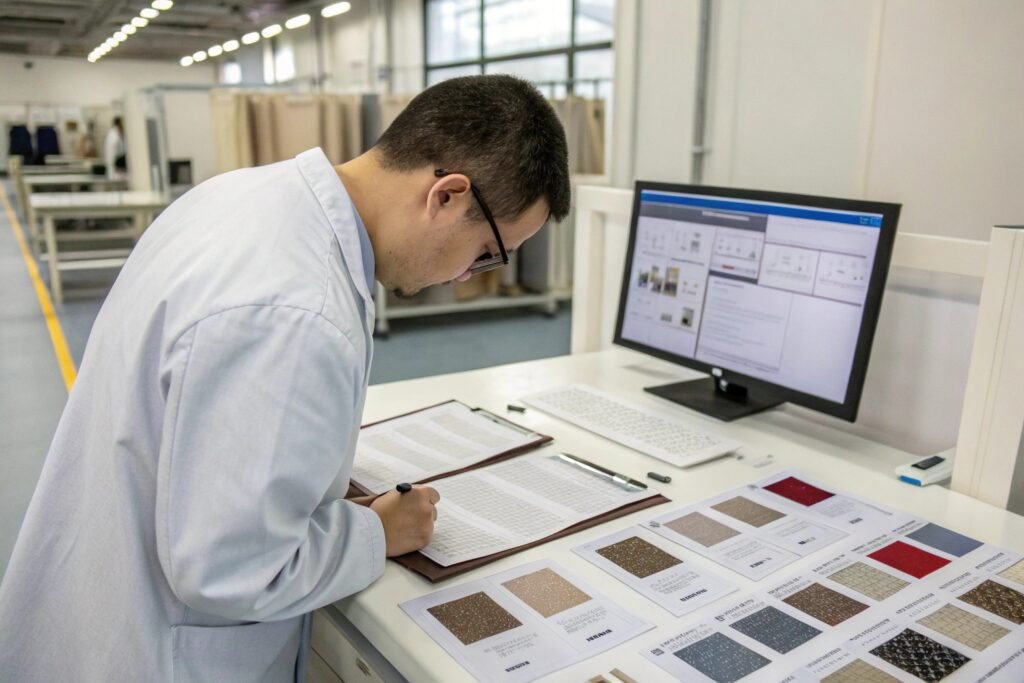
What Lab Tests Should You Request?
Key tests include shrinkage, colorfastness to washing and light, tear strength, and chemical residue. We provide ITS and SGS reports with all dyed ramie batches. For blends, pilling resistance and drape index are also recommended.
Buyers can use QR code tracking to access these reports remotely. Our clients use this data for customs, marketing, and internal compliance. It's also useful for retail traceability programs that demand full transparency.
Where Can Buyers Source Reliable Ramie?
Reliable suppliers typically operate in China, India, and Southeast Asia. Keqiao, where Fumao is based, remains one of the most advanced hubs for ramie processing. We offer over 50 ready-made ramie styles—plain, jacquard, embroidered, and digitally printed—available for global shipping with low MOQs. You can explore swatches in our virtual showroom and order samples within 72 hours.
Conclusion
Ramie’s resurgence in sustainable fashion isn't a coincidence—it's a response to what both brands and consumers now demand: breathability, ethics, and elegance. With its low environmental footprint, superior summer comfort, and rich heritage, ramie is no longer an underdog fiber. It's a key player in the next generation of eco-fashion. If you're building a responsible summer line, ramie deserves a place in your palette—and we're here to make sourcing simple and seamless.

